Introduction to 6-layer FPC circuit boards
Production process
Material preparation
In the production of FPC, the first step is to prepare the base materials, which are generally polymer materials such as polyester film (PET) or polyimide (PI). These materials have good insulation, heat resistance, and bending resistance. At the same time, conductive materials (such as copper foil), insulating materials, adhesives, etc. also need to be prepared. The selection of these materials directly affects the performance and quality of the final circuit board.
Circuit pattern design
According to customer requirements and product design specifications, use professional circuit design software for design. This includes schematic design to clarify the connection relationships and electrical parameters between various components; layout the components on the circuit board and route the wires, minimizing the crossing and bending of the wires; after completing the layout and wiring, conduct rule checks on the design to ensure that the wire width, spacing, pad size, etc. meet the requirements of the production process.
Etching and electroplating
Transfer the designed circuit pattern onto the substrate, and remove the unnecessary copper layer through the etching process to form the circuit pattern. Then, perform electroplating treatment to increase the conductivity and corrosion resistance of the circuit conductors.
Lamination and bonding
The 6 – layer FPC circuit board needs to laminate and bond multiple layers to form a multi – layer structure, thereby improving the overall performance and stability of the circuit board. At the same time, electronic components such as conductive connectors, resistors, and capacitors should be bonded at appropriate positions.
Cutting and Forming
Cut and shape the laminated circuit board to obtain a 6-layer FPC circuit board that meets the product requirements. This step is usually completed with a cutting machine to ensure the cutting accuracy and neatness.
Quality inspection
Conduct strict quality inspections on the produced 6-layer FPC circuit boards, including appearance checks, electrical performance tests, etc., to ensure the stability and reliability of product quality.
Packaging and shipping
The qualified 6-layer FPC circuit boards after inspection and testing will be packaged, identified, and classified according to the customer’s requirements.
Technical features
High flexibility
It has good flexibility, can adapt to various complex product structures and assembly requirements, and facilitates the assembly and maintenance of products.
Lightweight, thin and compact
Using polymer materials as the base material, it has the characteristics of being light, thin, and compact, which is conducive to achieving the miniaturization and lightweight of products.
High reliability
The conductor is made of copper material with high conductivity and undergoes strict electroplating treatment. It has good conductivity and corrosion resistance, ensuring the high reliability of the circuit board.
Environmental protection and energy conservation
The use and emission of harmful substances are strictly controlled during the production process, meeting environmental protection requirements. Meanwhile, its thin, light and compact features also help reduce the energy consumption of the product and minimize resource waste.
Application fields
Due to its characteristics, the 6 – layer FPC circuit board is widely used in fields such as mobile phones, tablets, wearable devices, medical equipment, and automotive electronics, and plays an important role in fields such as consumer electronics, medical equipment, and automotive electronics.
Expansion and contraction problems and their handling
Root causes of expansion and contraction
The expansion and contraction of flexible board materials are mainly related to the base material PI and the adhesive, that is, they have a great relationship with the imidization of PI. The higher the degree of imidization, the stronger the controllability of expansion and contraction. After the graphic circuit is etched, the density and direction of the circuits will cause the stress of the entire board surface to be re – oriented, ultimately resulting in general regular expansion and contraction changes on the board surface. During the process of rigid – flexible combination pressing, since the expansion and contraction coefficients of the surface cover film and the base material PI are inconsistent, a certain degree of expansion and contraction will also occur within a certain range.
The expansion and contraction situation in different stages.
-
From cutting to baking board stage: The expansion and contraction at this stage are mainly affected by temperature. To stabilize the expansion and contraction caused by baking the board, it is necessary to ensure the consistency of process control. On the premise of using unified materials, the operations of heating up and cooling down during each baking process should be standardized, and the baked boards should not be placed in the air for heat dissipation.
-
Pattern transfer stage: Expansion and contraction are mainly caused by the change in the orientation of internal stress in the material.
-
Rigid-flex board lamination stage: The expansion and contraction are mainly determined by the lamination parameters and material properties. Generally speaking, the smaller the residual copper rate, the larger the expansion and contraction value; the thinner the core board, the larger the expansion and contraction value. Therefore, film compensation is particularly important. In addition, due to the essential differences between the materials of flexible boards and rigid boards, compensation is a factor that needs to be additionally considered.
Auxiliary materials that may be used in production.
FR4
注:“FR4”本身就是英文,是一种材料的名称,一般不需要翻译,可直接使用。它是一种耐燃材料等级的代号,所代表的意思是树脂材料经过燃烧状态必须能够自行熄灭的一种材料规格。
It has a relatively hard texture and comes in different thicknesses ranging from 0.15 to 2.0 mm. It is mainly used on the reverse side of the FPC welding area for reinforcement, facilitating stable and reliable welding. It is a code for the flame – resistant material grade. Most of it is a composite material made of so – called tetra – functional (Tera – Function) epoxy resin, plus filler and glass fiber.
PI tape
It has a relatively soft texture and can be bent. It is mainly used for thickening and reinforcement in the gold finger area to facilitate plugging and unplugging. It uses a polyimide film as the base material and imports organic silicone pressure – sensitive adhesive. It has properties such as resistance to high and low temperatures, acids and alkalis, solvents, electrical insulation (Class H), and radiation protection. It is suitable for wave soldering masking of electronic circuit boards, protecting gold fingers and electrical insulation, motor insulation, as well as fixing the positive and negative tabs of lithium batteries.
Steel sheet
It has a hard texture and the same functions as FR4. It is used for reinforcement at the welding joints. It is more aesthetically pleasing than FR4, can be grounded, and has a higher hardness than FR4. The material is made of imported original stainless steel through heat treatment and precision grinding. It features high precision, strong tensile strength, good finish, toughness, and is not easy to break.
TPX Resin-blocking Film
A high-temperature-resistant resin barrier release film is used in the circuit board lamination process. Through special process design, it can be used in the multiple lamination processes of buried holes and blind through-holes after blocking resin overflow, and has good effects in resin blocking and hole plugging.
EIM electromagnetic membrane
It is pasted on the surface of the FPC and used to shield signal interference. It is a method of vacuum sputtering that can deposit shielding materials on substrates of different materials (such as PET, PC, glass, etc.) to achieve EMI electromagnetic interference shielding with extremely low resistance.
Conductive adhesive
It is used for the connection and pressing of steel sheets and FPCs to conduct electricity and can achieve the grounding function of steel sheets. It is an adhesive that has certain electrical conductivity after curing or drying. It is mainly composed of a resin matrix, conductive particles, dispersion additives, auxiliaries, etc., and can connect multiple conductive materials together to form an electrical path between the connected materials.
3M adhesive tape
It is mainly used for pasting FR4 with a thickness of 0.4 mm and above to FPC, as well as assembling and fixing FPC to customer products.
The use of these auxiliary materials will ultimately be determined by the customer’s usage environment and functional requirements.
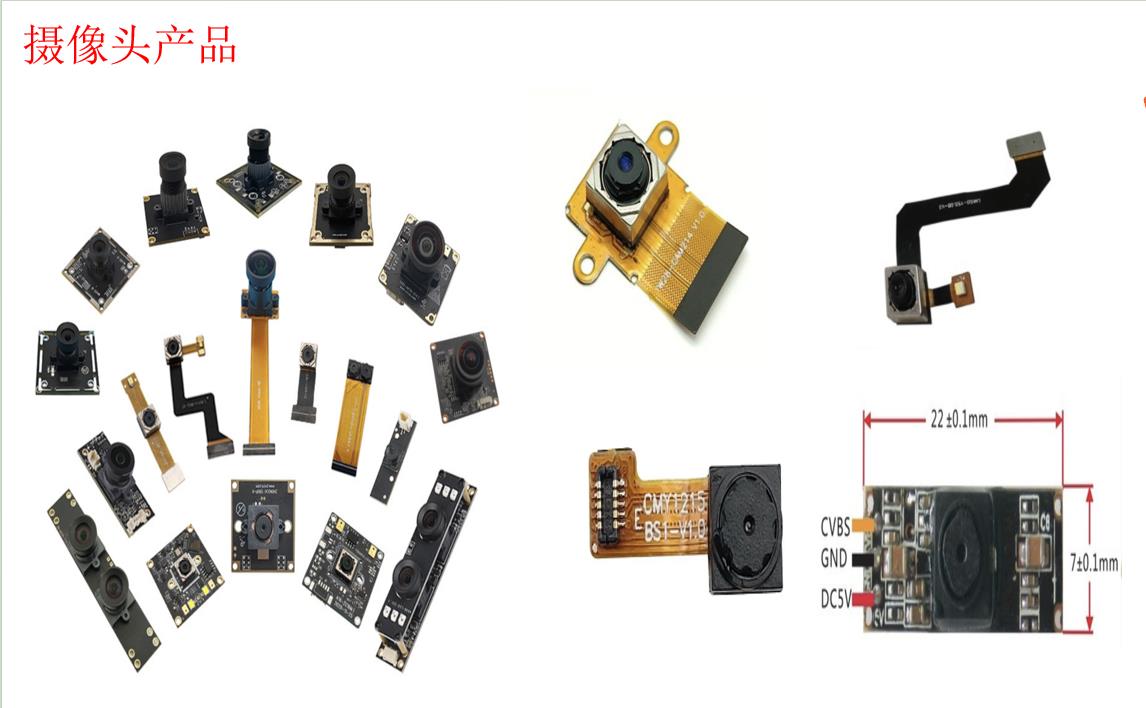 Camera product FPC
Introduction to FPC for camera products Overview o…
Read More
Camera product FPC
Introduction to FPC for camera products Overview o…
Read More
 Backlight plate FPC
Introduction to the FPC of the backlight panel Def…
Read More
Backlight plate FPC
Introduction to the FPC of the backlight panel Def…
Read More
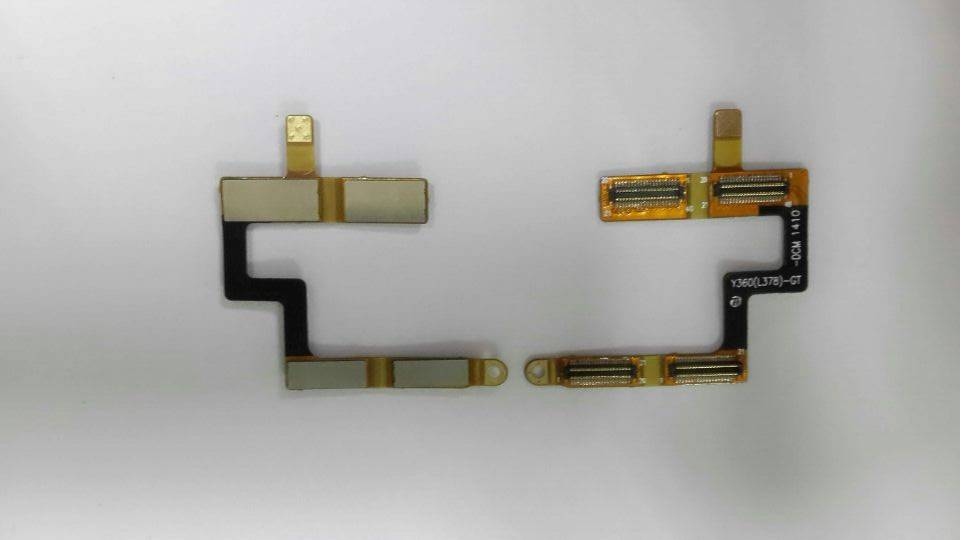 Eight-layer FPC
Overview of eight-layer laminated board FPC The ei…
Read More
Eight-layer FPC
Overview of eight-layer laminated board FPC The ei…
Read More
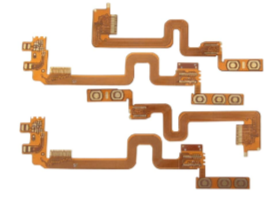 Side key FPC
FPC, which stands for Flexible Printed Circuit Boa…
Read More
Side key FPC
FPC, which stands for Flexible Printed Circuit Boa…
Read More
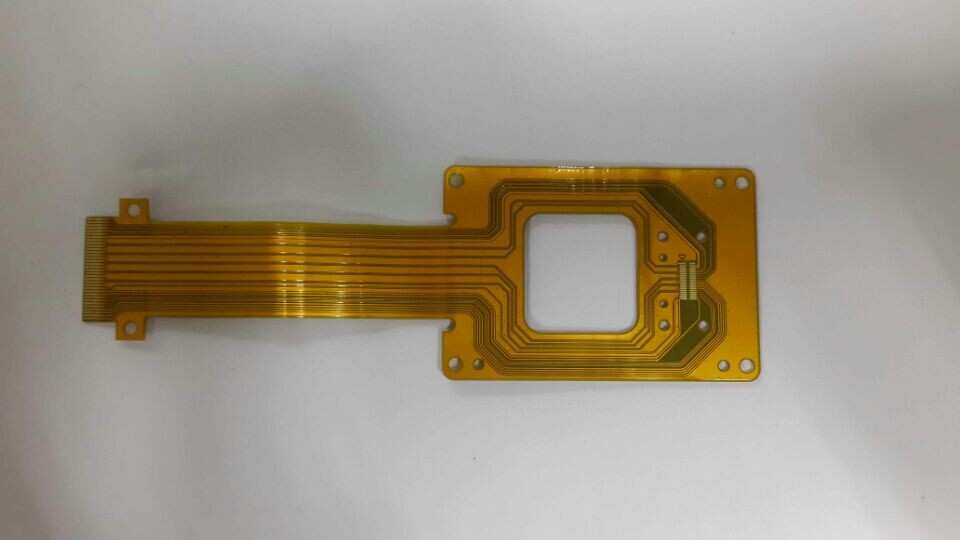 Impedance-controlled multilayer FPC
Impedance-controlled FPC is a special type of flex…
Read More
Impedance-controlled multilayer FPC
Impedance-controlled FPC is a special type of flex…
Read More
 3-layer rigid-flex FPC PCB board
PCB type: FPC flexible circuit board Number of lay…
Read More
3-layer rigid-flex FPC PCB board
PCB type: FPC flexible circuit board Number of lay…
Read More
 Large size thick copper double-sided soft board
Introduction to large-size thick-copper double-sid…
Read More
Large size thick copper double-sided soft board
Introduction to large-size thick-copper double-sid…
Read More
 2-layer fingerprint recognition FPC
Introduction to 2-layer fingerprint recognition FP…
Read More
2-layer fingerprint recognition FPC
Introduction to 2-layer fingerprint recognition FP…
Read More
 Car brake light FPC soft board
Automobile brake light FPC flexible printed circui…
Read More
Car brake light FPC soft board
Automobile brake light FPC flexible printed circui…
Read More
 4 layer LCD display fpc flexible circuit board
PCB type: FPC flexible circuit board Number of lay…
Read More
4 layer LCD display fpc flexible circuit board
PCB type: FPC flexible circuit board Number of lay…
Read More
 6-layer Bluetooth headset FPC soft board
PCB type: FPC flexible circuit board Number of lay…
Read More
6-layer Bluetooth headset FPC soft board
PCB type: FPC flexible circuit board Number of lay…
Read More
 6-layer FPC circuit board
Introduction to 6-layer FPC circuit boards Product…
Read More
6-layer FPC circuit board
Introduction to 6-layer FPC circuit boards Product…
Read More
 Double-sided FPC ribbon cable
Overview of double-sided FPC cable Double-sided FP…
Read More
Double-sided FPC ribbon cable
Overview of double-sided FPC cable Double-sided FP…
Read More
 Double-sided FPC gold immersion board
Double-sided FPC gold-plated board Double-sided FP…
Read More
Double-sided FPC gold immersion board
Double-sided FPC gold-plated board Double-sided FP…
Read More
 New energy lithium battery FPC protection plate
Overview of FPC protection boards for new energy l…
Read More
New energy lithium battery FPC protection plate
Overview of FPC protection boards for new energy l…
Read More
 Ordinary single-sided FPC board production and sales
General single-sided FPC boards, namely single-sid…
Read More
Ordinary single-sided FPC board production and sales
General single-sided FPC boards, namely single-sid…
Read More
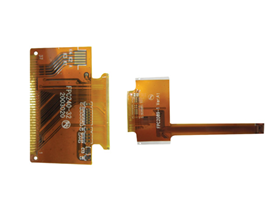 Impedance FPC production and sales
Product Overview FPC (Flexible Printed Circuit Boa…
Read More
Impedance FPC production and sales
Product Overview FPC (Flexible Printed Circuit Boa…
Read More
 10-layer flexible FPC fingerprint circuit board
PCB type: FPC flexible circuit board Number of lay…
Read More
10-layer flexible FPC fingerprint circuit board
PCB type: FPC flexible circuit board Number of lay…
Read More
 10-layer rigid-flex FPC HDI board
PCB type: FPC flexible circuit board Number of lay…
Read More
10-layer rigid-flex FPC HDI board
PCB type: FPC flexible circuit board Number of lay…
Read More
 Medical equipment FPC interface board
PCB type: FPC flexible circuit board Number of lay…
Read More
Medical equipment FPC interface board
PCB type: FPC flexible circuit board Number of lay…
Read More







